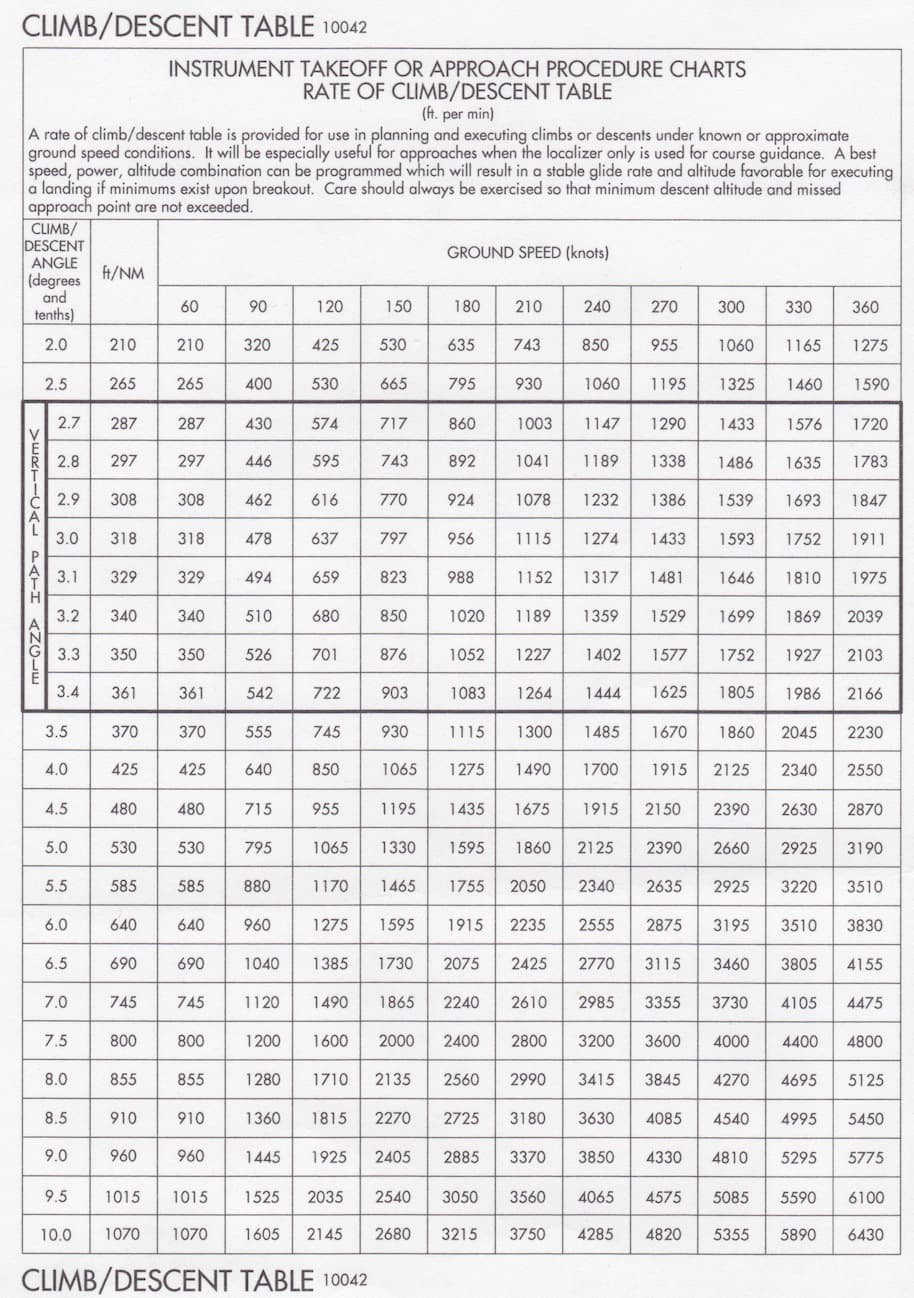I tried again today, made a mess of it 
Started out great, simple trip Southend to Stansted, full IFR with ILS approach. This time i announced the IFR route on departure, that seemed to make sense as did the replies from ATC.
I planned the route direct in the G1000 - departure airport, arrival airport, departure route, arrival, approach, it was a very long, convoluted flight path even though i chose what looked like the best options, no idea if thats normal or not.
However I missed the GS on approach somehow, not sure how as i was at correct altitude, I announced a missed approach, was forwarded to a hold point/VOR, then i requested vectors to next point and was given some by ATC, I followed them.
That took me way off, then i was give a new vector, I followed it, the last vector was at 90deg to the runway course, here i re-entered the destination as a “direct to” and went for GPS mode.
I was expecting the GS but although selected on NAV1 it did not appear at all, no audible signal either, i followed a bit more but it flew me right over the runway again so i cancelled IFR and diverted to a small airfield and landed manually.
Clearly I messed up but why no ILS - is this a bug or user error - it’s getting so I can’t tell now on some parts.
ATC was preoccupied with one flight and kept telling them to expedite climb or descent all the time, they also replied but it just kept going and going. I was told to turn right on to a heading of 280 when i was on 293 already 
So many questions -
do i need an “arrival” programmed?
why no ILS on 2nd attempt?
why did it ignore the ILS on 1st pass, it has worked before?
Of course ATC gave me the wrong runways, having me take off with a good tailwind, landing was no choice really as wind was 100% crosswind (live weather), Oh and naturally Azure went offline as i took off 
I’ll crack this one day 




